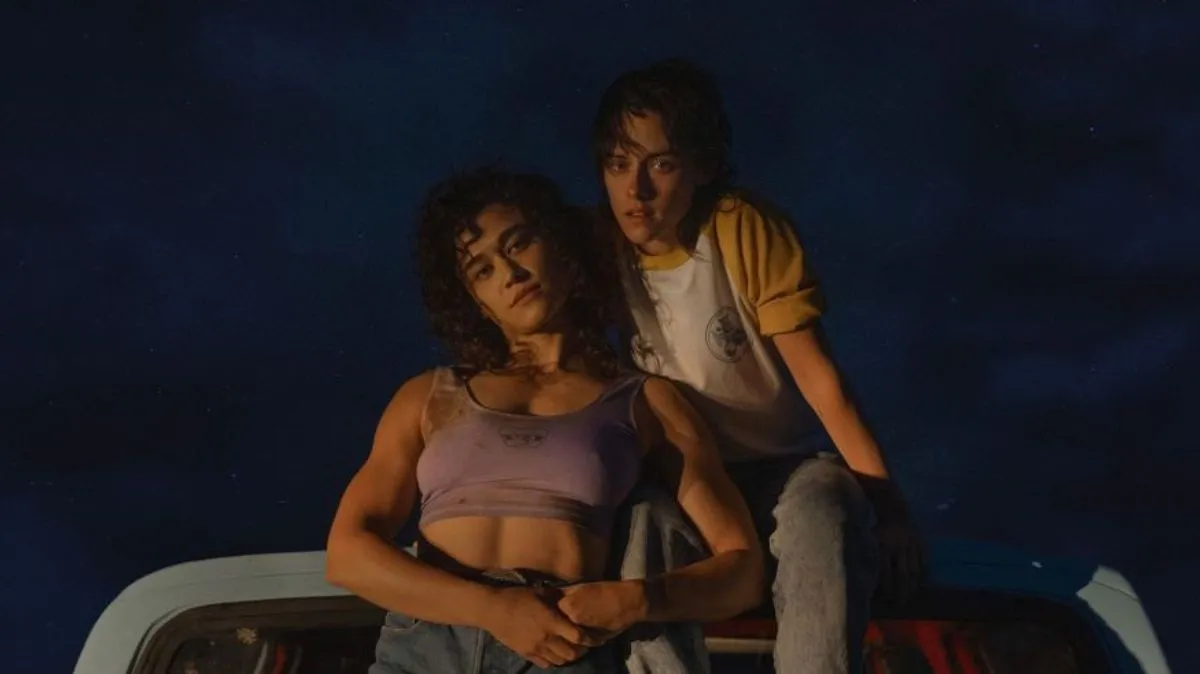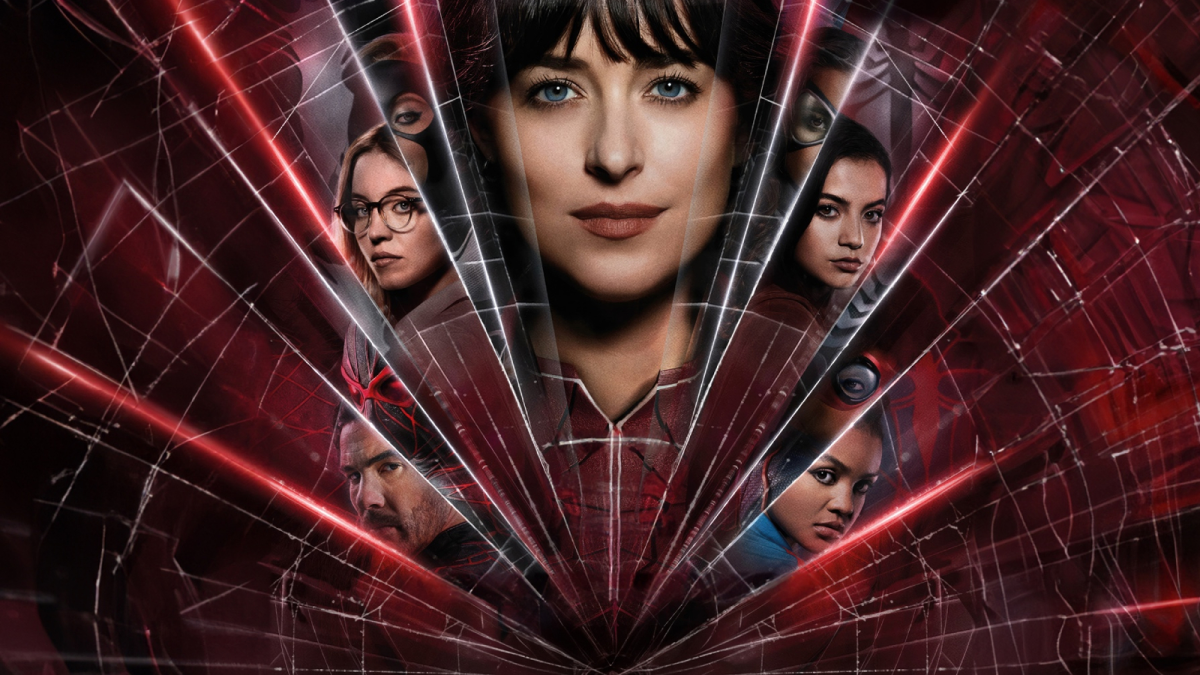
The mid-season finale of Agents of S.H.I.E.L.D. is big… and not just for Marvel’s television endeavors.
Before reading on: watch out! There are MAJOR SPOILERS below for Agents of S.H.I.E.L.D., Avengers, X-Men: Axis and various Marvel Comics storylines. If you’re all caught up on Marvel in TV and comics, and want to know more… then you’re in the right place. Read on!
Another week, another bit of space to fill as we wait for Agent Carter to start filling Agents of S.H.I.E.L.D.’s timeslot. Too bad, but on the plus side it gives us another opportunity to pour over what the (quite literally) earth-shaking revelations of Agents’ mid-season finale actually meant (beyond providing me with several weeks worth of material, I mean). Last week, it was all about what the big change meant for the series itself. This week, we’ll dig into the ways in which this new status quo shakes the foundations of the entire Marvel Cinematic (and comics!) Universe.
TO RECAP…
As it turns out, the defeat of Ronan The Accuser by spacefaring human Peter “Star Lord” Quill as depicted in Guardians of the Galaxy was not the Marvel Cinematic Universe’s first important encounter between an Earthling and the ancient alien race known as The Kree.
Rather, The Kree had been mucking around on Earth in prehistoric times (and, it’s implied, at differing intervals thereafter): specifically experimenting on the DNA of primitive humans. These experiments have yielded, in the present, genetic legacies passed through familial bloodlines (which we now know includes S.H.I.E.L.D.’s mysterious master-hacker Skye and the enigmatic Raina) that effectively constitute a secondary “strain” of humankind who, when exposed to a mysterious Kree element, instantly unlock nascent superhuman powers and (sometimes) monstrous new physical forms.
Said more succinctly: The Inhumans walk among us.
WHY IS THIS IMPORTANT?
It can be easy to forget this, since it’s so very much a splitting of hairs, but up until 2014 nobody in the Marvel Cinematic Universe was born with special abilities qualifying as “super-powers.” No, not even Thor: Remember, Thor is only “superhuman” compared to humans on Earth. Among his fellow Asgardians, he’s just pretty damn strong and a skilled fighter — he doesn’t even fly or command lightning by his own hand, those “powers” are functions of enchantments within Mjolnir, his hammer.
Iron Man built (and wears) his powers — without the gear, he’s just a fast-talking super-genius (this is also the case, minus the “genius” part, for tech-using supervillains like the cyborg Winter Soldier). Captain America and The Hulk were normal humans granted (or cursed) with their superhuman forms by science (see also: Abomination, The Red Skull and a whole host of creeps on Agents of S.H.I.E.L.D.) Black Widow and Hawkeye? Just really, really good at fighting.
But otherwise-normal humans born with super-powers — what the Marvel Comics Universe generally calls mutants or “homo superior?” — nonexistent…
…until, seemingly, a post-credits scene at the end of Captain America: The Winter Soldier. Here, we saw HYDRA bigwig Baron Wolfgang Von Strucker not only being in possession of Loki’s scepter but also having imprisoned (?) a pair of young people with special-powers he (Von Strucker) referred to as miracles: A boy capable of moving at superhuman speeds, and a girl demonstrating apparent telekinesis. Fans, of course, recognized them as siblings: Pietro and Wanda Maximoff, aka Quicksilver and The Scarlet Witch.
And yes, “Quicksilver” is also the name of the “breakout” character (with the same powers) from this summer’s X-Men: Days of Future Past. That’s where things get complicated.
HOW COMPLICATED? AND WHY?
Back before Marvel was running their own studio (and way before they were playing with Disney-sized “F*** You” Money,) the company was struggling to drag itself out of debt by untangling decades of legal red-tape in order to license major characters like Spider-Man, The Fantastic Four and The X-Men to movie studios. The contracts signed for said rights also included the rights to supporting characters (villains, sidekicks, etc) and certain thematic-concepts “native” to each franchise… and when it comes to Fox’s ownership of the X-Men rights, that leaves the present studio-running version of Marvel with a big problem.
Essentially, by owning the movie rights to X-Men, Fox owns the exclusive rights to the very concept of mutants. That not only means that they and they alone “own” live-action feature film incarnations of any mutant characters current or created in the future, but that the Marvel Cinematic Universe can’t legally use “They’re a mutant” as an explanation for the powers of any characters that they do have the rights to.
Case in point: Quicksilver and Scarlet Witch, in the Comics Universe, are mutants — specifically, they’re the children of Erik Magnus Lensherr, aka Max Eisenhardt, aka Magneto. But they’re more closely associated with the Avengers franchise, having been major recurring members of the team since its first major lineup overhaul in 1965 (Avengers #16: “The Old Order Changeth!”), which provides Marvel Studios with some legal wiggle-room but also a problematic constraint. Wanda and Pietro can appear (and will make their big debut in Avengers: Age of Ultron …but they can’t be Magneto’s children (Magneto cannot, in fact, exist in the MCU) and they can’t be mutants.
CUE THE NERD-RAGE
And that’s kind of a bummer, since “mutant” as a one-word explanation for why a never before seen character can show up with powers, a costume and a nickname without wasting time on unnecessary backstory makes a great time-saver. But more specifically, it’s bound to be a big disappointment to long-time comic fans for whom this particular connection between the Avengers and X-Men families — who otherwise don’t generally get invited to the same parties — is a big part of the “Universe” continuity that Marvel has so successfully ported over to the films.
Make no mistake: Marvel Studios is the best in the business at making superhero movies right now. Warner Bros doesn’t “get it,” Sony Pictures is just plain bad at it and Fox struggles to get to pretty good. But what Marvel is transcendently good at is Fan Management. They understand that the pre-release narrative or “buzz” of tentpole features like these is born online, a medium dominated by now-grown Gen-X film geeks who tend to be exactly the sort of people who care enough about comic-minutiae to be irritated that Magneto and mutants can’t turn up in The Avengers.
…if only Marvel had another one-word ball of handwavium that could be used to allow new characters to just “show up,” huh?
CHANGES AT HOME
So, yes, while nobody has yet concretely said: “Yes, Scarlet Witch and Quicksilver are Inhumans or related to them in the movies,” that Marvel’s plan (at least in the broad strokes) is to rework the “rules” of Inhumans (their actual movie isn’t due until 2019) so that they can stand-in as the equivalent of mutants (born different, “hated and feared,” etc) in the Cinematic Universe is the worst kept secret of that very Universe. And yes, Agents of S.H.I.E.L.D. is where the trigger for that movement first got pulled.
But the effect isn’t only being felt on TV and at the movies: It’s affecting the comics, too, albeit not in a 1-to-1 kind of way. It’s been industry scuttlebutt for a few years now that Marvel is looking to radically shake-up certain aspects of its comics universe, mainly to bring things more into line with (or workshop ideas for) the now much more widely-known Cinematic Universe but also (allegedly) to minimize the presence and/or diminish the pop-culture cache of characters whose movies are owned by other studios.
To that end, the seventh installment of the publisher’s current big crossover/battle event, Avengers & X-Men: Axis, just dropped a pretty big bombshell: Apparently Magneto isn’t the real father, after all.
That’s not really the biggest deal in the world, canonically: When they were first introduced in the 1960s (at a point when Marvel was still going back and forth on how “mutants” worked, origins-wise), the Maximoff twins had a much more unusual backstory: They were the orphaned children of the Golden Age (read: WWII-era, before Marvel was even called Marvel) superheroes Whizzer (a Flash knock-off) and Miss America (a Wonder Woman clone — and yes, you might remember these folks from the 90s Spider-Man cartoon), raised by Bova Ayrshire, an artificially-evolved humanoid cow. (Yes, really. There’s this guy called The High Evolutionary and… look, it’s complicated.)
In the 70s, an early example of a retcon had Bova revealing that the twins were actually the children of a persecuted Romani family. Then in 1983, during one of the high points of Claremont-era X-Men’s omnipresence in the medium, it was “discovered” that Magneto was the Wanda and Pietro’s real father — a continuity switch that stayed constant until… well, now. And it’s hard not to see the change and its implications as part of an effort to boost the “credibility” of the Cinematic Universe version of the characters. If the “source” versions are no longer Magneto’s offspring (and maybe not even actually mutants?) then the version(s) about to hit screens in Age of Ultron are now a lot closer to the Comics’ canon than Fox’s Days of Future Past scene-stealer.
KABOOM
So, yeah: Marvel is (seemingly) blowing up, knocking down and otherwise razing big swaths of its Comics Universe in order to bolster their movies while potentially kneecapping others. More people will see Quicksilver and Scarlet Witch in Avengers 2 than ever even heard about them as comic-book characters, and those who do go looking for more about them will evidently find versions closer than previously to their film counterparts.
And if they also happen to be Inhumans? They’ll be part of a sub-franchise that Marvel is supposedly throwing a lot of effort behind elevating to comics’ A-List with a movie in the near-offing. And let’s be real: The question of what the Marvel brand can turn into a hit has changed considerably post-Guardians. Incrementally, this could be the early stages of the biggest change to the Marvel Universe in years…
…and the first charge, incredibly, was set on Agents of S.H.I.E.L.D., of all places.





